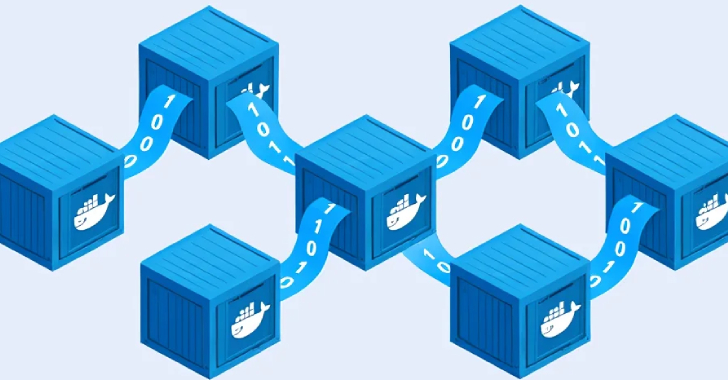
A How-To Guide for Creating an M&A IT Due Diligence
Mergers and Acquisitions (M&A) are complex business transactions that can shape the future of organizations. Successful M&A deals are often built on a foundation of comprehensive due diligence, and when it comes to technology, this involves M&A IT Due Diligence. In this guide, we will walk you through the essential steps and considerations for creating an effective M&A IT due diligence process.
- Define Your Objectives and Scope
Before diving into the due diligence process, it’s crucial to clearly define your objectives and scope. What are you hoping to achieve with the acquisition, and how does IT fit into that strategy? Identify the specific IT systems, assets, and processes that require evaluation. This could include hardware, software, data centers, cybersecurity measures, IT contracts, and more. - Assemble Your Due Diligence Team
M&A IT due diligence is a multidisciplinary endeavor, and assembling the right team is paramount to its success. Your team should include experts in various fields, including IT, cybersecurity, legal, financial, and operational aspects. Here’s a breakdown of key team members:
IT Experts: Professionals with a deep understanding of technology infrastructure, systems, and applications.
Cybersecurity Specialists: Individuals who can assess the target company’s security posture, identify vulnerabilities, and evaluate the effectiveness of cybersecurity measures.
Legal Advisors: Lawyers who specialize in technology and intellectual property (IP) law, contract analysis, and regulatory compliance.
Financial Analysts: Experts who can analyze the financial implications of the IT assets and operations being acquired.
- Gather Information
The next step is to gather the necessary information from the target company. Request documents and data related to their IT assets and operations, including:
IT policies and procedures.
Financial records, including budgets and expenditures related to IT.
IT contracts, including vendor agreements, software licenses, and maintenance contracts.
Hardware and software inventories.
Records of previous IT incidents or breaches.
This information will serve as the foundation for your assessment.
- Technical Assessment
The technical assessment is the core of M&A IT due diligence. It involves evaluating the target company’s IT infrastructure, systems, and technology assets. Key areas to focus on include:
Hardware: Assess the condition, age, and capacity of hardware assets, such as servers, networking equipment, and data storage.
Software: Examine software applications, licenses, and their compatibility with your existing systems. Identify any unsupported or outdated software.
Network Architecture: Evaluate the design and scalability of the target company’s network architecture. Consider how it will integrate with your own infrastructure.
Data Centers: If applicable, assess the target’s data center facilities, including redundancy, cooling, and power supply.
- Cybersecurity Evaluation
Security is a paramount concern in M&A IT due diligence. A comprehensive cybersecurity evaluation should include:
Security Policies and Procedures: Review the target company’s security policies, incident response plans, and disaster recovery procedures.
Vulnerability Assessment: Conduct vulnerability scans and penetration testing to identify weaknesses in the target’s security defenses.
Security Controls: Evaluate the effectiveness of security controls, such as firewalls, intrusion detection systems, and encryption.
Data Protection: Ensure that the target company complies with data protection regulations and has adequate data encryption and access controls in place.
Incident History: Investigate any history of security incidents, data breaches, or compliance violations.
- Compliance and Legal Review
Legal and compliance aspects are critical in M&A IT due diligence. Review the target company’s compliance with industry regulations and legal obligations related to IT, including:
Data Protection and Privacy: Ensure compliance with GDPR, HIPAA, or other relevant data protection regulations.
Software Licensing: Verify that the target company has valid and appropriately licensed software, and assess any potential risks related to licensing.
Contracts and Agreements: Review IT-related contracts, including service level agreements (SLAs) and vendor contracts. Identify any contractual obligations that may impact the deal.
Litigation and Legal Issues: Investigate any pending or historical litigation related to IT, IP, or technology contracts.
- Financial Analysis
Analyze the financial aspects of the target company’s IT operations. This includes:
Operating Costs: Examine the costs associated with IT operations, including staffing, maintenance, and licensing fees.
Capital Expenditures: Identify any pending or planned IT-related capital expenditures and assess their impact on your budget.
Liabilities and Commitments: Review any outstanding IT-related liabilities or contractual commitments that could affect the financial health of the deal.
- Integration Assessment
Consider how the target company’s IT systems and operations will integrate with your own. This involves:
Compatibility: Assess whether the target’s IT systems are compatible with your existing infrastructure, and identify any potential integration challenges.
Integration Plan: Develop a detailed plan for integrating the IT assets and personnel of the target company into your organization.
Cost Estimation: Calculate the costs associated with integration, including hardware and software upgrades, data migration, and personnel changes.
- Intellectual Property Assessment
Evaluate the target company’s intellectual property portfolio, which may include patents, copyrights, and proprietary software. Determine the value and relevance of these assets to your organization’s goals. - Reporting and Recommendations
Compile the findings of your M&A IT due diligence into a comprehensive report. This report should include:
A summary of risks, vulnerabilities, and opportunities.
Recommendations for mitigating identified risks.
An assessment of the target company’s IT assets and their strategic value.
Financial projections and cost estimates related to IT integration.
A timeline for post-acquisition IT initiatives.
- Negotiation and Post-Transaction Planning
Use the insights gained from IT due diligence to inform negotiations with the target company. Address any identified risks and opportunities in the final M&A agreement. After the transaction is complete, execute your integration plan and continue monitoring IT operations to ensure a smooth transition. - Post-Transaction Monitoring
Even after the M&A deal is finalized, ongoing monitoring of IT integration and cybersecurity measures is essential. This helps ensure that the transition remains on track and that any unforeseen challenges are promptly addressed.
Conclusion
Creating an effective M&A IT due diligence process is essential for minimizing risks, uncovering value, and ensuring the success of your acquisition. By following the steps outlined in this guide and assembling a knowledgeable team, you can conduct a thorough assessment of the target company’s IT assets and operations. This, in turn, will enable you to make informed decisions, negotiate effectively, and achieve a seamless integration that benefits your organization in the long run. Remember that M&A IT due diligence is not a one-time event; it’s an ongoing process that requires diligence and attention even after the deal is closed.
Contact Cyber Defense Advisors to learn more about our M&A IT Due Diligence solutions.





